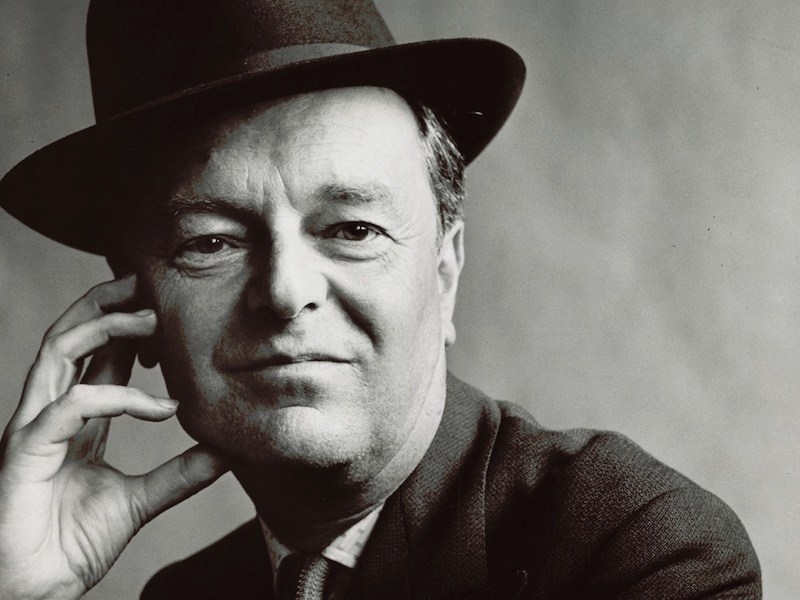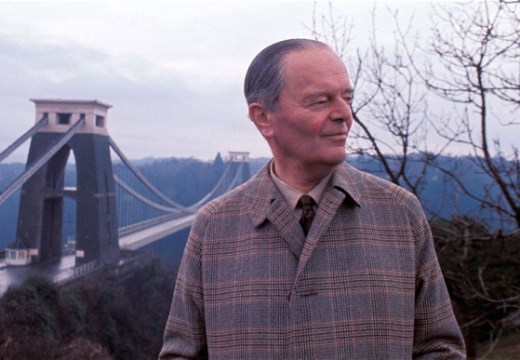Interest in Kenneth Clark (1903–83) has been rising in the past few years. As James Stourton points out, in 2009 there was a seminar and radio programme about him, as well as Jonathan Conlin’s illuminating study of Clark’s 13-part BBC series Civilisation, for which the art historian is perhaps best known. In 2014 Tate Britain presented ‘Kenneth Clark: Looking for Civilisation’, an unusual exhibition for concentrating on the public life and the collecting of an individual. Yet at this point a major biography of this intriguing and paradoxical man was unforthcoming. Now Stourton, in a compelling, thoroughly researched, and ambitious biography, has brought his wide experience of the art world (and one might say, of the upper echelons of British society) to elucidating the life and character of a man who, in retrospect, consistently impresses. He characterises Clark as ‘the writer who loved action, the scholar who became a populariser, the socialist who lived in a castle, the committee man who despised the establishment, the indefatigable self-deprecator whom many found arrogant, the shy man who loved monsters, the “ruthless” man who hated confrontation, the brilliantly successful man who considered himself as a failure, the mandarin who had a passion for lemonade and ice cream’.
As the above extract suggests, Clark was phenomenally active – always anxious not to waste time, yet restless; when engaged in study, he became impatient for the active world; when busy, he longed for the world of contemplation. His ability to arouse strong feelings of dislike is evoked here, as is the contempt felt for him by many art historians (though by no means all) who may have been more profound scholars but whose popular reputations in no way matched his. Stourton manoeuvres these complexities with delicacy, enriching his account of Clark’s later years with numerous interviews with his contemporaries and particularly with his colleagues involved in making Civilisation.
Quite at odds with the common characterisation of Clark as patronising is his radical modernity and ability to look far ahead of his time – not only in his making of television programmes and his realisation of their potential, but also in his interest in opening up the National Gallery (where he was director) to as broad a public as possible – an approach disapproved of by his colleagues. During the Second World War he invited members of the public to give their views on which work should be shown in Trafalgar Square as Painting of the Month. Clark’s espousal of the War Artists’ Advisory Committee in 1939, his understanding of the importance of press and public relations and of the photographic department at the National Gallery, his creation there of a scientific department, and his involvement in CEMA (the forerunner of the Arts Council), all testify to his realisation that the world was changing and that it was the duty of people like himself to adapt to its opportunities.
Stourton has worked closely with members of Clark’s family in researching this book. About Clark’s first marriage he writes sensitively, analysing the appeal of Jane Clark, the nature of the relationship, and her drunken and sometimes destructive decline. But the most lasting impression is of her stylishness, of their brilliant social life in the 1930s and of the support she gave her husband. It is hard to imagine how such a private and contradictory man as Clark could be more effectively characterised than in these pages, assisted not only by the memories of his friends and enemies, but by Clark’s surprising gift for ironic self-deflation. His happy and unstuffy relationship with the film crew of Civilisation shows him at his most attractive.
Stourton had a vast quantity of material to deal with – too much, in fact, for a book of some 400 pages. He manages this problem efficiently, although at times he moves briskly through the subject matter, leaving the reader with only partially answered questions. Especially intriguing is the account of Clark’s tenure at the National Gallery, both the splendid period up to 1939 and the difficult but brilliantly resourceful wartime years, including his peculiar and ultimately frustrated wooing of Calouste Gulbenkian. Clark’s own books such as The Art of Landscape and The Nude, which have opened the eyes of many people to the delights and complexities of looking at art, are discussed in measured terms, as are the books that did not succeed, especially the study of ‘Motives’, which Clark thought would be his greatest work but which he never accomplished. His determination to become a skilled television presenter is entertainingly and vividly portrayed.
Stourton writes with a spare elegance and a sense of period as well as an eye for the revealing anecdote: he lets one imagine, for example, what is was like to visit Clark’s home, Saltwood Castle, for lunch (where very few people were considered ‘cake-worthy’ and invited to stay for tea). The nature of Clark’s career means that the period up to 1945 may stand out more vividly than the post-war years when he became heavily involved in committee work, but the changing nature of Clark’s identity and the analysis of his achievements remain central to the narrative. This is a hugely enjoyable and valuable book.
Kenneth Clark: Life, Art and Civilisation by James Stourton is published by William Collins (£30)
From the October issue of Apollo: preview and subscribe here
Unlimited access from just $16 every 3 months
Subscribe to get unlimited and exclusive access to the top art stories, interviews and exhibition reviews.













![Masterpiece [Re]discovery 2022. Photo: Ben Fisher Photography, courtesy of Masterpiece London](http://www.apollo-magazine.com/wp-content/uploads/2022/07/MPL2022_4263.jpg)
Has the Fitzwilliam lost the hang of things?